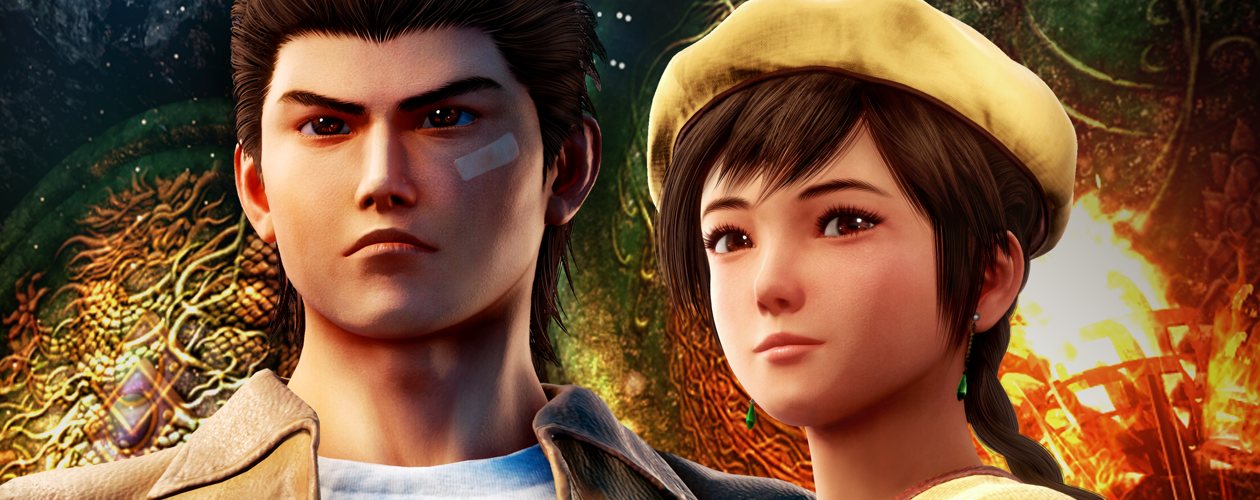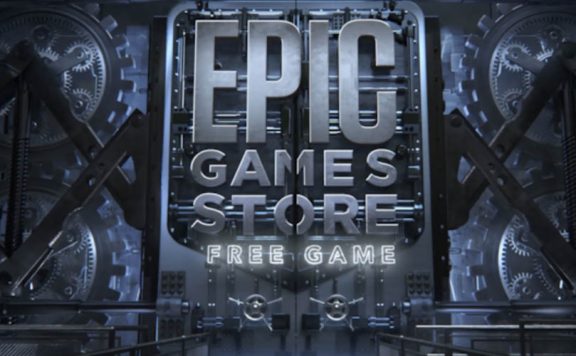As the old adage goes, you should be careful what you wish for. As I sat down to play Shenmue III at Gamescom, I could feel this saying ringing louder and louder in my ears. After well over a decade of pining for a third act to the pioneering yet flawed Dreamcast masterpiece, fans finally got their wish with the Sony supported Kickstarter in 2015, and over four years later we see the fruits of Yu Suzuki and Ys Net’s labours. After playing the upcoming backer demo, I feel that they should’ve been more careful.
The demo opened with Ryo heading into Bailu Village with Shenhua to search for a man with a scar on his face who might have some information about bandits. It’s a nice countryside setting that picks up from after the conclusion of Shenmue II, but it won’t drop jaws with graphical fidelity, as the original games once did. In fact, if I didn’t know better, I might even think of this as a comprehensive remaster of a game from the Dreamcast’s heyday. Yes, it’s running in Unreal Engine 4, the lighting is greatly improved, the textures higher detail and models are appreciably more modern, but the overall look and feel is absolutely consistent with those earlier games.
While it’s true to its origins, and I feel it’s the right direction for the game to take, it’s still jarring to see how stiffly Ryo walks around town and the rather perfunctory facial animations by modern standards. The same is true of the voice acting in the game.
The game sticks to Shenmue’s distinctive ability to talk to anyone and everyone that you meet, but also falls into a pattern that will be familiar to anyone who wandered around town searching for sailors. His delivery is as flat as ever, perhaps even exactly the same as he opens almost every interaction with shop owners, people standing around, children playing games the same way. The children are as likely to be useful as they are to say something like “I’m a child, why are you asking me?”

What’s perhaps more annoying is when you talk to someone like the shop owner, the chap running the little stream-side gambling den, and even the man with the scar once you find him. You get through a bit of dialogue, setting out the character’s role and how you can interact with them further, but if you then do tap the interaction button, you have a practically identical interaction. The world is just filled with too much repetition – you won’t get a follow on bit of chat, unless you maybe progress the story so that Ryo has a different person or MacGuffin to ask about.
Bailu is a veritable hub of gambling and mini-games to divert yourself with, but don’t expect blackjack tables, craps and slot machines. Well, there’s a kind of slot machine I guess, with gashapon capsule toy machines that include everything from construction machines to little tennis racquets and even little cutesy Shenmue figures. “That’s interesting,” as Ryo would say in a monotone as he looks at his third forklift truck in a row. Not even a passing mention to his days working on the docks?
Outside of that the style of the mini-games on show also feel dated. Wander down to a gambling den by the stream and you can bet of a simple game of dice or bet on tortoise races, where you then mash buttons in a super slow version of Track & Field. These eventually lead to being able to trade tokens in for toy sets that you can sell to the old chap in the shop, but you can also find work for him more directly… chopping wood. Ryo pops a log on the block in a random play and then rotates his hips waiting for your command to drop the axe and chop, with the old fella commentating on your efforts in the background.

Once you do catch up to the man with a scar on his face, it just so happens he’s running one of these little games in a corner of the town square. You don’t challenge him to a game, though; he insists that you defeat him in hand to hand combat before he’ll spill the beans on the bandits that had attacked him. It’s a difficult fight, in part because of my reckless button mashing technique and lack of blocking, but meant to be a tricky demo-ending battle.
There’s a few ways to get the upper hand (beyond just getting good), which include getting a bottle of Snake Power from the shop – “Did you just say Snake…. Tonic?” asks a Ryo who clearly wasn’t paying any attention – which tops up your health. It’s pricey though, so use it wisely or you’ll be back to the block chopping busywork in no time at all. Alternatively you can build up Ryo’s fighting skills with some practice up at the dojo with, you guessed it, more basic mini-games to take part in. Practicing his Horse Stance is as simple as tapping the button to stop him rising above a certain line, while his One Inch Punch is a straight forward timing minigame.
And there’s the problem. From this demo, Shenmue III feels as though it’s learned nothing from the last 15 years of video game design. You can simply look to the Yakuza series for the plainest example of this, which is often pointed to as being Shenmue’s spiritual successor, with street brawling, classic Sega arcade machines to play on, and so much more.

There is hope that the rest of the game can be better, as seen in recent trailers. While much of the Shenmue world design and character will persist, the modern graphics engine and lighting does help pull the game’s look into a more modern era, and the kung fu fighting seems to get more complex and engaging.
Shenmue III feels like the remastered fever dream of a Dreamcast fanboy, but funnily enough, that’s probably not far off what Shenmue fans want.




